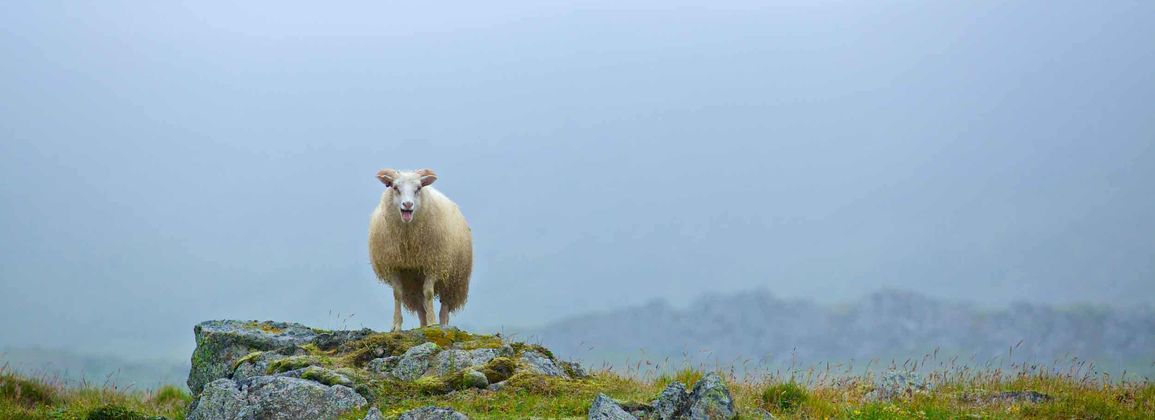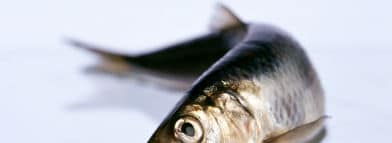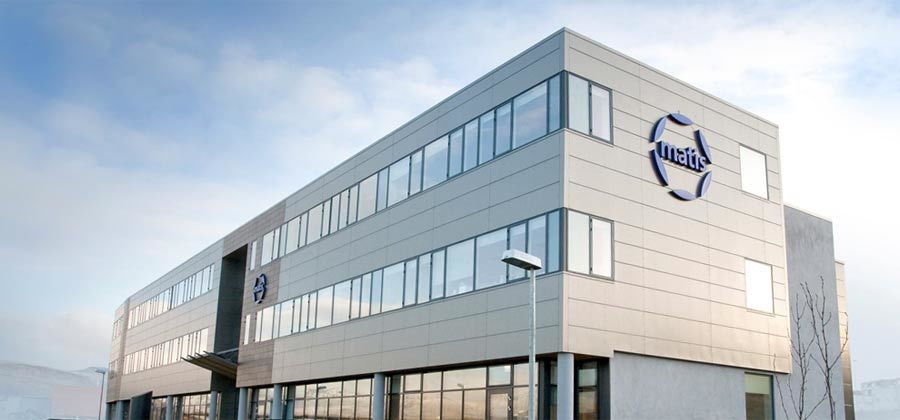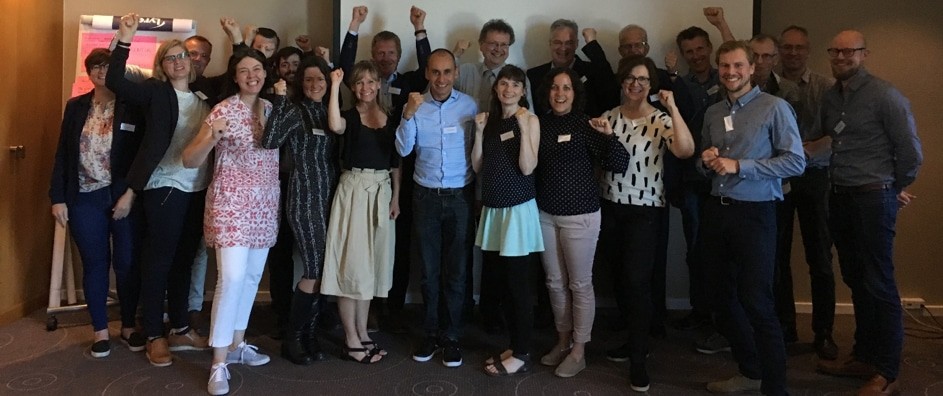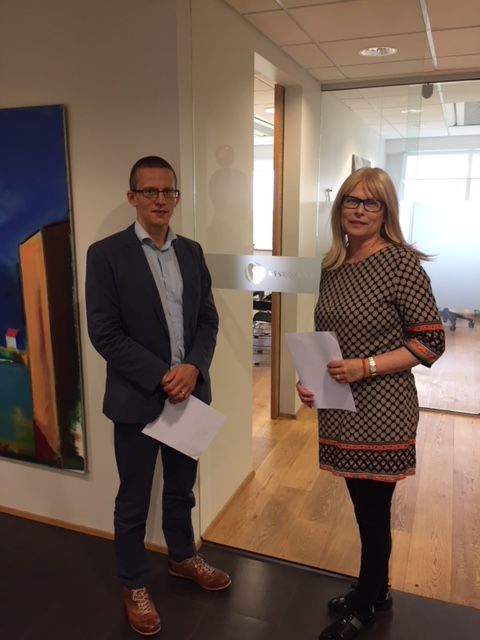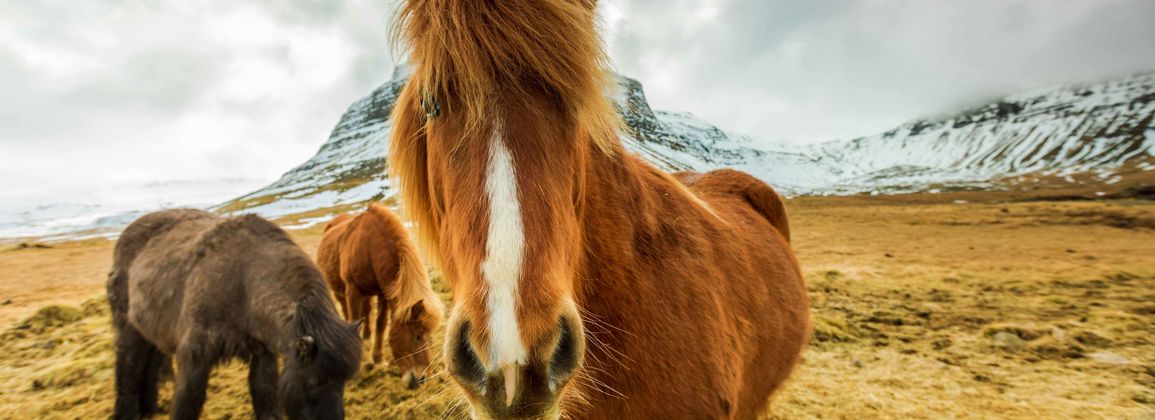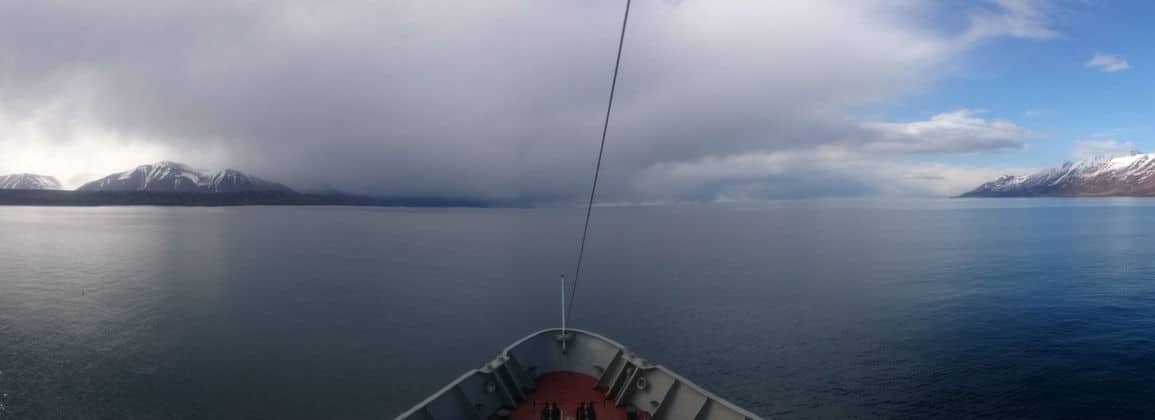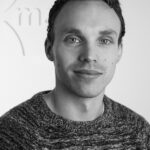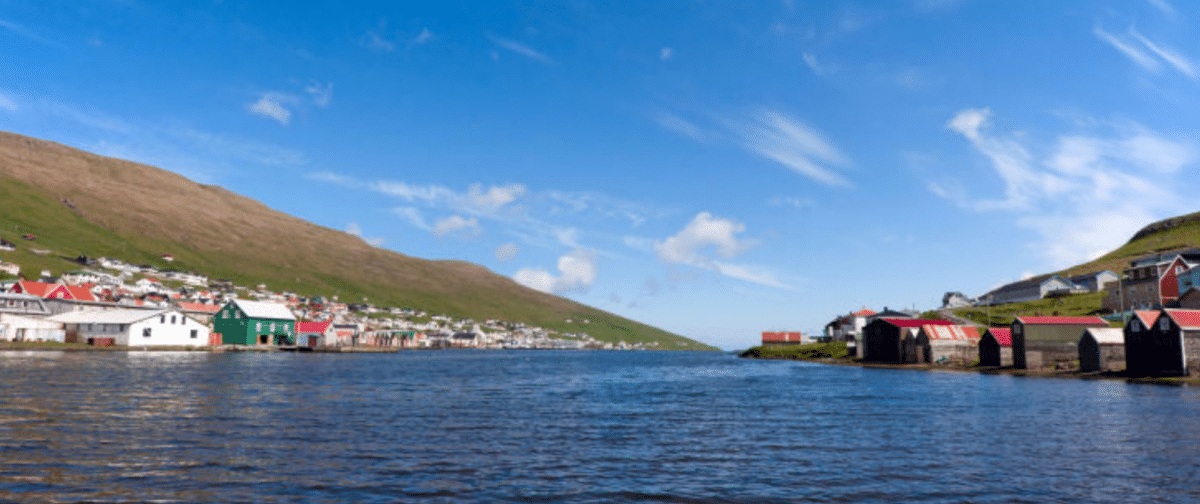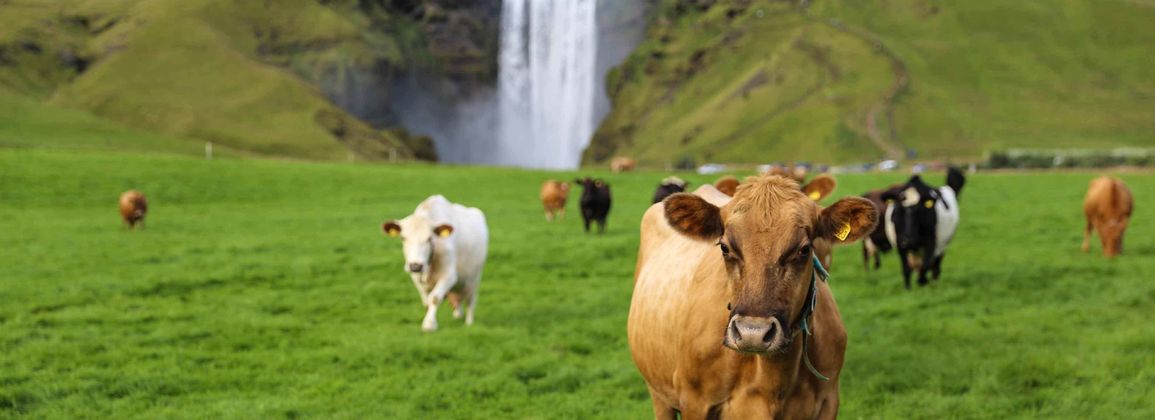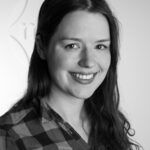A new consulting project is now underway at Matís. The purpose is to compile guidelines based on research by Matís, the Agricultural University of Iceland (AUI) and their predecessors in recent years, which demonstrate the importance of the correct handling of slaughter animals from shredding, to the door of meat processing.
Information will be presented in a clear, graphical way as a guide to the best handling of slaughter animals. This information, in digital and printed form, will be distributed to all parties involved, such as sheep farmers, transporters, slaughter license holders, meat processing and those students who are related to sheep production in one way or another, such as farm schools, agricultural universities, food science and food science. Information will be compiled at each stage of the processing, presented on a timeline, from the collection of sheep from the mountain until the carcass is ready for delivery in meat processing.
The material will also be accessible in electronic form and available in The meat book or other similar places.

